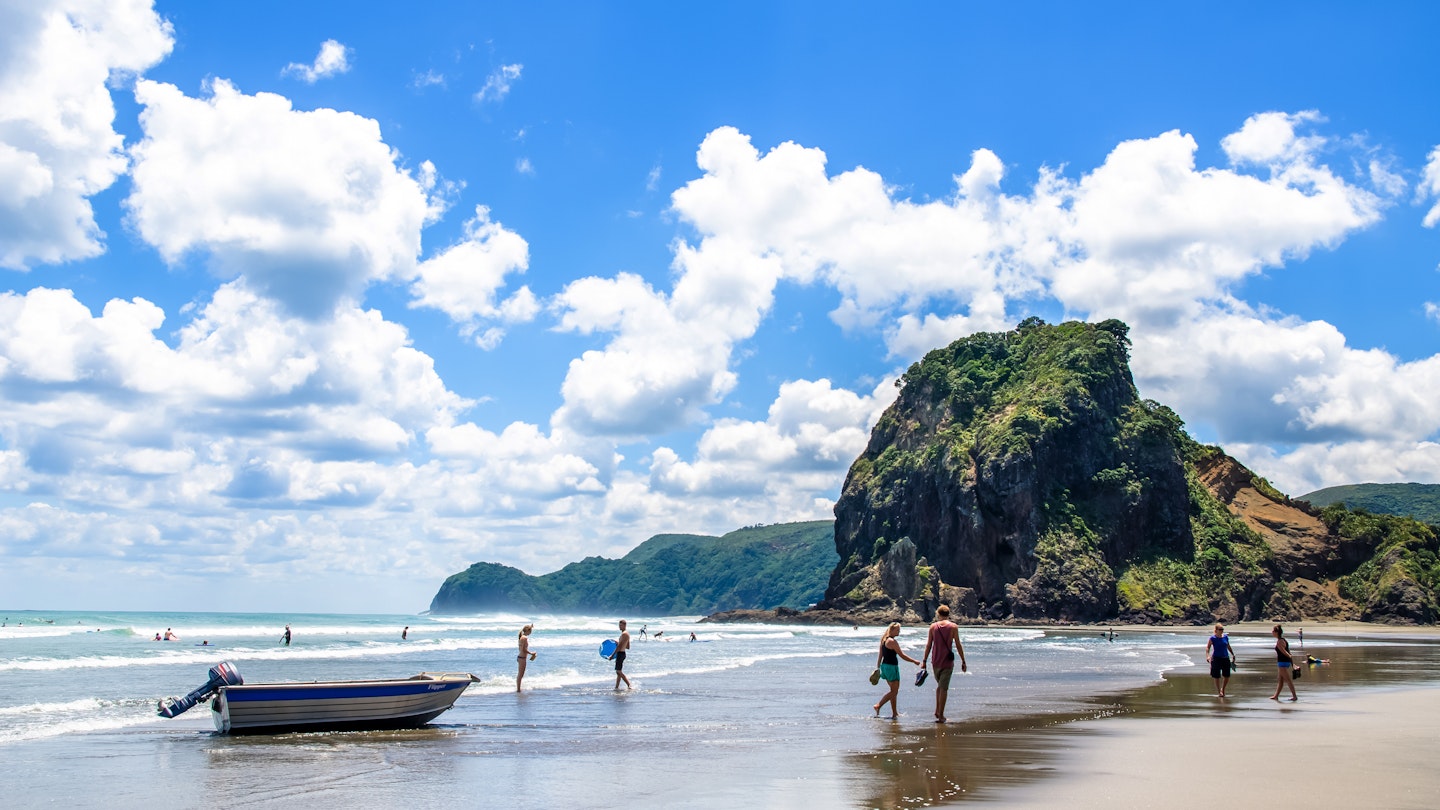Countries are grappling with how to safely resume tourism as coronavirus numbers recede. Last week the European Union called for a safe reopening of borders between member states with similar rates of COVID-19 infections. Moreover, countries and regions around the world that have claimed success in managing the virus are taking concrete steps to reopen hotels and hospitality facilities, and establish safe travel zones.
However, due to the unpredictable nature of the virus, policies could change at the last minute if there’s a potential risk of a rise in infections. Our ability to travel for leisure over the next few months will be impacted by each government’s public health advice, trace and test capabilities, border protocols, and social distancing laws. For now, as travel restrictions are eased, here’s a look at how tourism may resume this year.
Australia and New Zealand
Australia and New Zealand have formally agreed to introduce a “trans-Tasman travel bubble” to enable travel to resume between the neighboring countries once it is safe to do so. The agreement would allow passengers to travel between the two nations without a 14-day quarantine period on either side. No timetable has been drawn up yet, though Australia’s prime minister Scott Morrison has suggested October is the earliest it might open to international travelers.
Bahamas
The Bahamas is hoping to reopen on 1 July, according to local media, with prime minister Dr. Hubert Minnis warning that the dates are subject to change, depending on health and safety guidelines. “Our resorts, our airports, and our seaports are finalizing the health and safety protocols necessary for us to provide for a reopening,” said Minnis. This extensive guideline will be designed to provide reasonable assurance that travel and leisure are generally safe.
Dubai
Authorities in Dubai have eyed a July opening for tourism but warned that the situation could change, and plans could be delayed until September. Restaurants and retail outlets reopened on 24 April with strict social distancing measures. Therefore, Dubai is looking at ways to safely welcome tourists again.
“Many things remain closed and it’s more about the bilateral discussions. Is it going to be July when things start slowly opening up? Is it going to be September? We just need to make sure we’re ready if things come earlier than expected,” Helal Al Marri, director general of Dubai’s Department of Tourism and Commerce Marketing, told Bloomberg TV.
Estonia, Latvia, and Lithuania
Similar to Australia and New Zealand’s plan, Estonia, Latvia, and Lithuania launched Europe’s first travel bubble on 15 May. Under the agreement, citizens are free to travel between the three Baltic states without quarantine, though visitors from outside the region will need to self-isolate for 14 days.
“We showed a good example by stating, very clearly, that only countries which successfully dealt with the situation can open themselves up,” Lithuanian prime minister Saulius Skvernelis told Reuters.
Fiji
Fiji is keen to join Australia and New Zealand in their arrangement, as New Zealand’s prime minister Jacinda Ardern has suggested the “trans-Tasman travel bubble” could be expanded to some Pacific Island nations. Tourism accounts for nearly 40% of Fiji’s GDP, with 41% of its tourists coming from Australia and 23% from New Zealand. Fiji’s economy minister Aiyaz Sayed-Khaiyum has confirmed that discussions are underway but practicalities still need to be ironed out.
Germany
Land borders in Germany reopened last week with Luxembourg, though border controls with France, Switzerland, and Austria will continue until 15 June. Currently, all arrivals must self-isolate for 14 days; however, Germany is hoping to allow foreign holidays to resume by the end of summer.
Campsites and hotels are opening to domestic visitors soon. Many bars and restaurants throughout Germany have already reopened at reduced capacity. In Berlin, museums are now admitting visitors.
Greece
Greece has managed to maintain a low infection rate and is considering measures to safely reopen its borders to tourists on 15 June. Attractions such as the Acropolis opened to visitors on 18 May, implementing health protocols. Beaches reopened on 4 May with new rules to ensure safety.
Prime minister Kyriakos Mitsotakis stated that “if we are to think of the possibility of travelling this year, it has to be under specific new rules,” indicating a need for comprehensive safety protocols.
Iceland
Iceland’s comprehensive testing measures have successfully kept infection rates low. Consequently, prime minister Katrin Jakobsdottir announced that the country will welcome visitors by 15 June. The government is working on a system that will allow travelers to skip the 14-day quarantine period upon arrival.
Indonesia
The Indonesian government is planning to welcome overseas tourists from October but only to regions where the coronavirus outbreak has been successfully contained, like Bali and other provinces.
Italy
Italy will ease international travel restrictions from 3 June by opening borders to EU citizens without quarantine. While lockdown is relaxed, some cafes and restaurants are opening with outdoor seating. Beaches are expected to follow under new guidelines, including assigned sun loungers for visitors.
Portugal
Hotels in regions like the Algarve are hoping to open soon, but the country’s borders remain closed to international tourists for now. Portugal’s tourist board is working with national health authorities to welcome visitors by implementing the new “Clean & Safe” campaign, aimed at increasing hygiene standards.
Spain
Spain plans to open its borders to international tourists on 1 July when the lockdown ends. Prime minister Pedro Sánchez confirmed that quarantine requirements for those entering the country will be lifted by that time.
This article was first published on 20 May and updated on 25 May, 2020.




